This post is part of a series called One Year in Sound by sound designer Carlo Ascrizzi.
Well guys, welcome to game audio! For almost everyone it is a completely new world but, by the way, it’s one of the strongest points of the school.
You are going to deal with games all year long, taking part to super cool projects and collaborations. It’s time to look at the sound designer rule in this new scenario. The audio visual world goes real-time from now!
So here there are brand new concepts about development basics, core audio components, playback types, implementation methods and so on. You’ll learn how to deconstruct audio components analyzing how the sound evokes emotional responses.
In one of several final projects you will be asked to analyze, deconstruct and finally present to your class a game trailer of your choice. Basically you are gonna speak in front of your classmates showing your trailer and explaining them how the sound components work in terms of technical design and audiences responses. Everybody is watching you, so don’t be shy and go ahead!
Soon you start using FMOD Designer, one of the main audio implementation tool in the game industry. The game audio software concept is diametrically opposite to your own multitrack or sequencer. At the end you are able to implement your first interchangeable sounds and loops, exploring quite deeply the software functions and parameters.
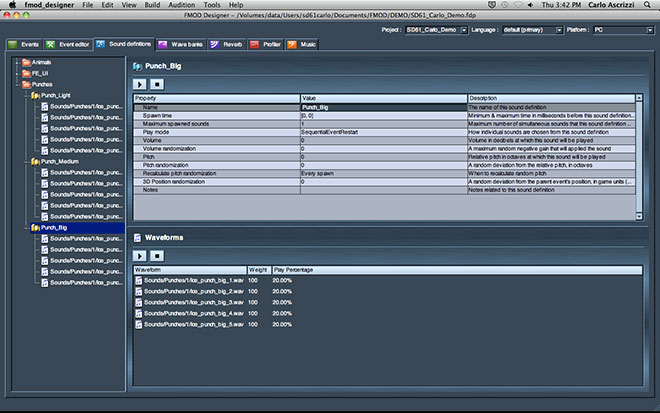
So… another assignment ready to go… of course! Few classes are dedicated to the computer programming language Python, widely used in the game industry. It’s an introduction to have an overall view of the the game world. At the end you are able to create a small program which calculates the RT60 (Reverb Time) of a room.
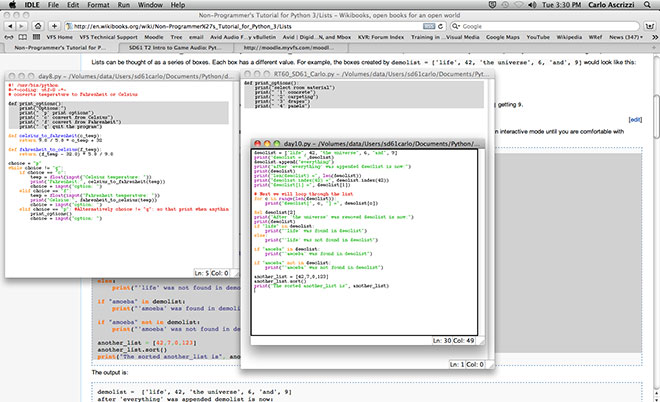
But…we haven’t finished yet… the Impactful Physics Sound Objects project is probably the biggest and coolest one in Term 2. After figuring out what physical objects mean and stand for in the game audio scenario, you will be asked to create impact sounds for 2 different objects (20 impacts each) in 4 different impact levels (light, medium, hard and super)! You have to record, combine, layer and edit a bunch of original sounds to re-create a believable representation for these objects.
It’s both a strong workload and a super creative assignment! You need to arrange your time, booking the foley rooms, looking for objects to play with… or maybe…. destroy! Loads of fun!
And finally here they are those 2 guys… the watering can and the helicopter. Check it out!
- When you are back home: final thoughts on Resonate 16 - April 20, 2016
- 5th day at Resonate 16 with Artists and Engineers, Nicholas Felton and Memo Akten - April 17, 2016
- 4th day at Resonate 16 with Squarepusher, Atau Tanaka and Darsha Hewitt - April 16, 2016


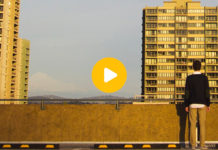

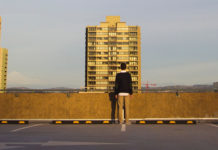





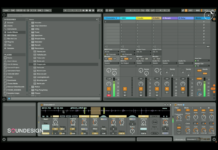
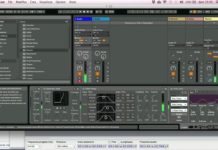

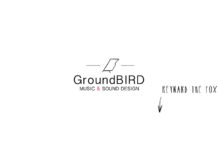
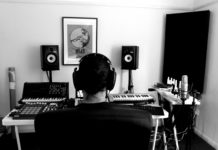
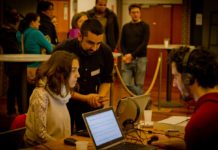

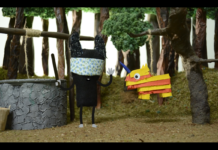
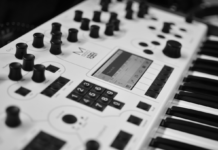

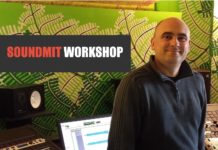
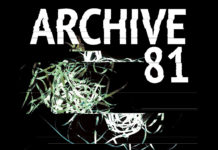
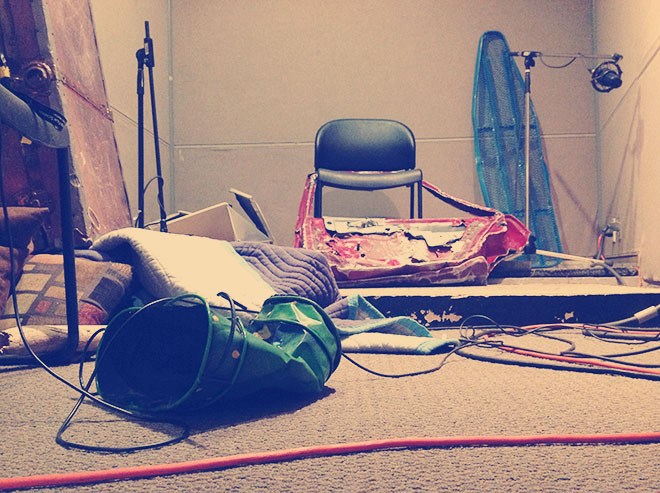
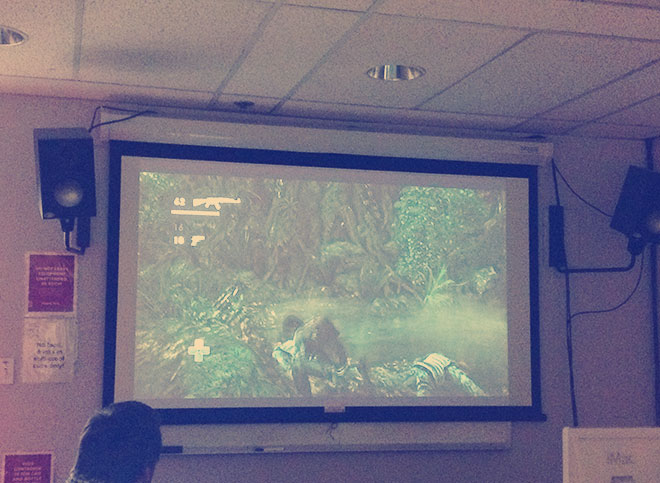

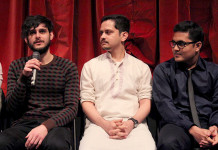
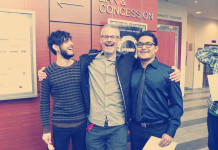
Interessante. Molto bravo.
Hey Matte,
Grazie !!